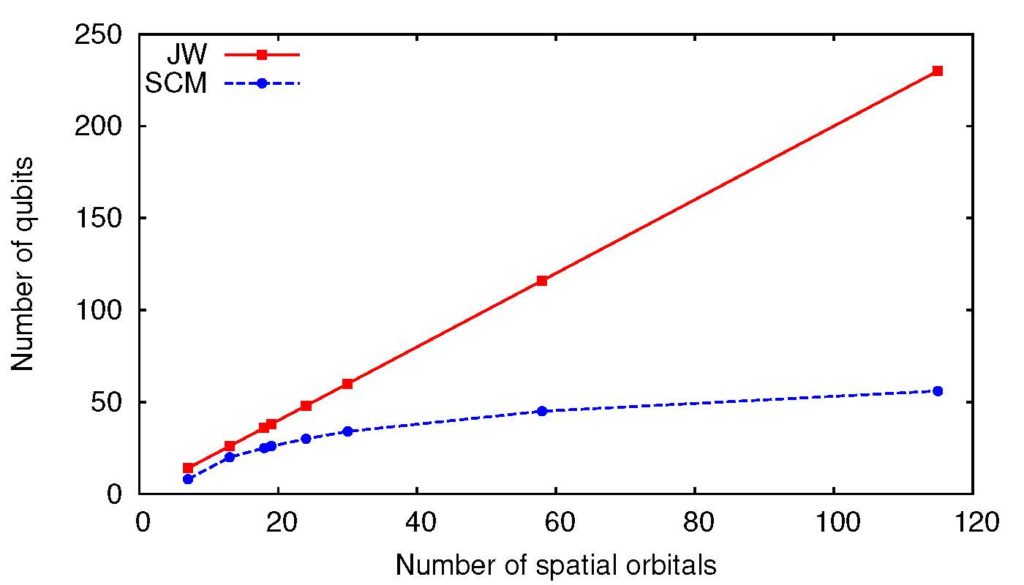The universe once preferred one set of shapes over their mirror images, a violation of parity symmetry that helps explain the abundance of matter over antimatter.
Tag: Symmetry
Oxide Interfaces Put New Twist on Electron Spins
Electrons in magnetic solids feel each other as an effective magnetic field that forces the electrons’ spins to align. If the arrangement of atoms is not fully symmetric, an additional magnetic force known as Dzyaloshinskii-Moriya Interaction (DMI) can emerge, forcing the spins to reorient and form whirling patterns called skyrmions. Researchers joined two different materials to enable skyrmion generation.
Rare and iconic Atala butterflies retain an ancient pattern of wing symmetry
Nature seems to have an inexhaustible supply of inspiration when it comes to butterflies.

Symmetries in Physical Systems Help Optimize Quantum Computing
At the AVS 66th International Symposium and Exhibition, Oct. 20-25, Daniel Gunlycke will present a study on using symmetry to reduce the effects of random quantum entanglement in quantum computing applications. When deliberate, quantum entanglement can make algorithms more powerful and efficient, but uncontrolled entanglement adds unnecessary additional complexity to quantum computing, making algorithms suboptimal and more prone to error. Gunlycke says by reducing the frequency of accidental entanglements, quantum computing can be improved.